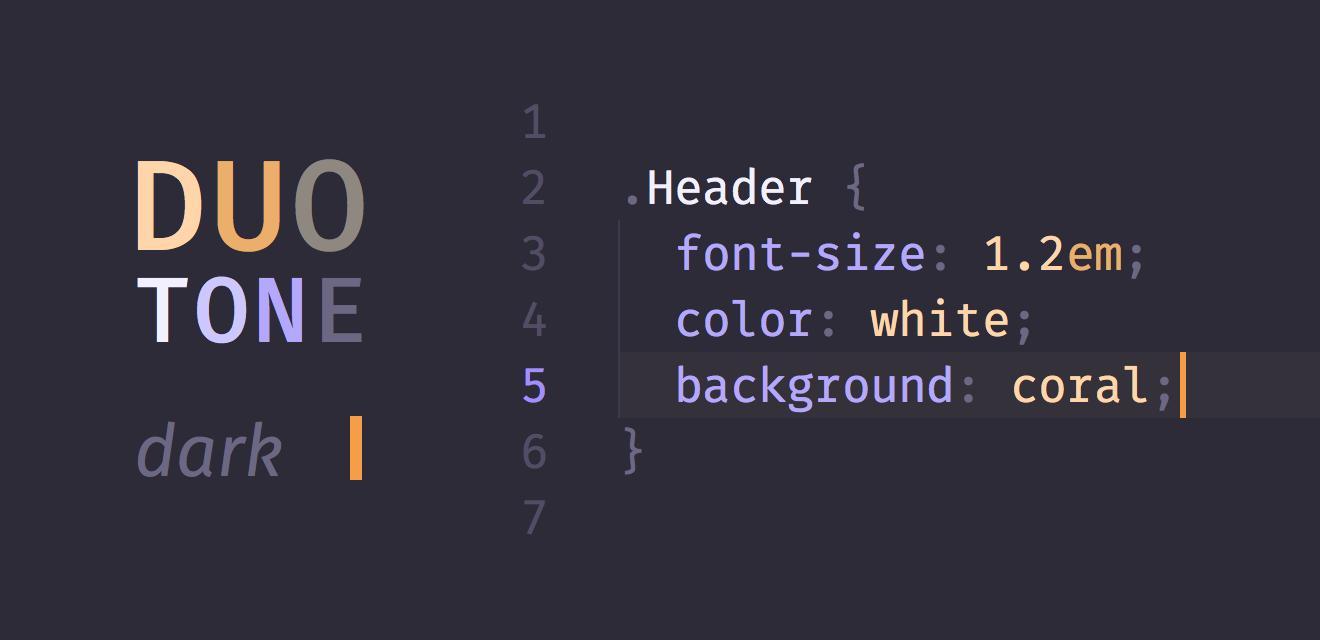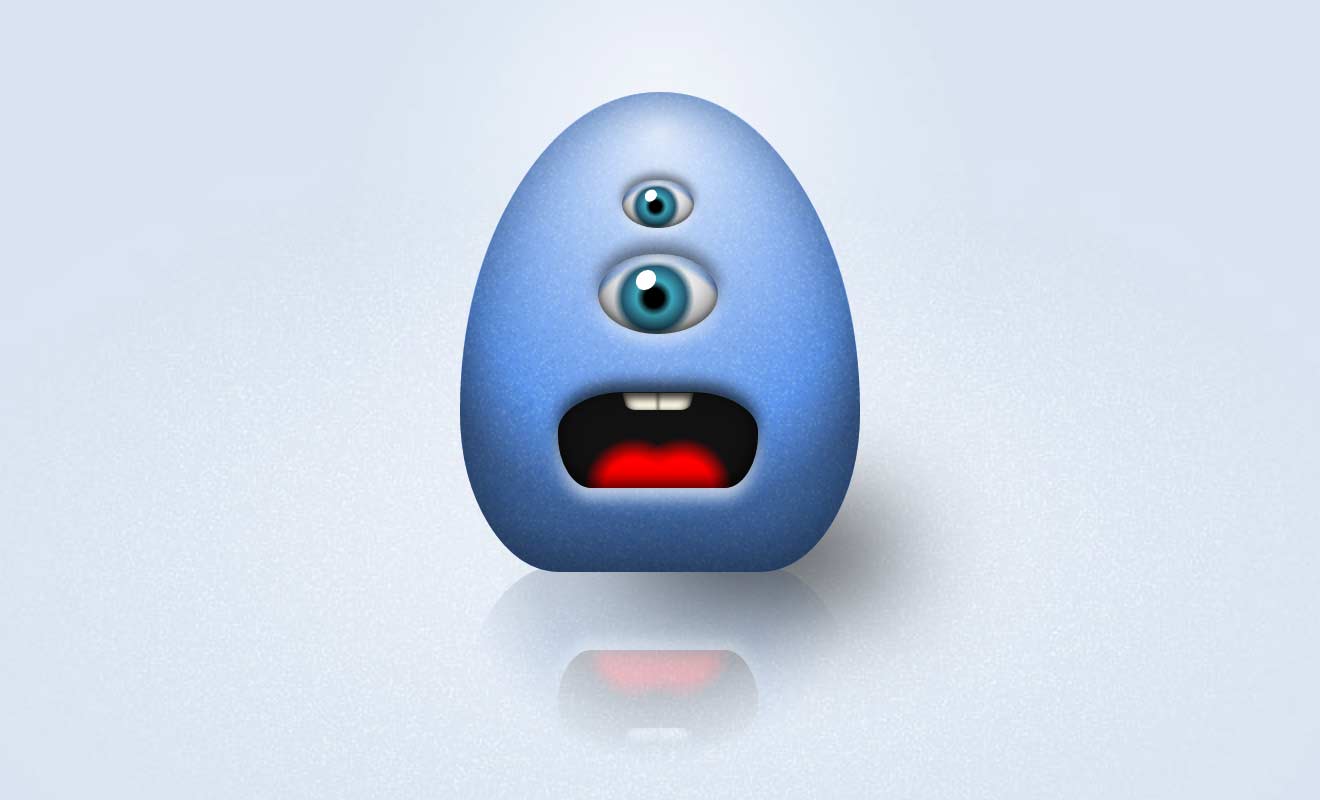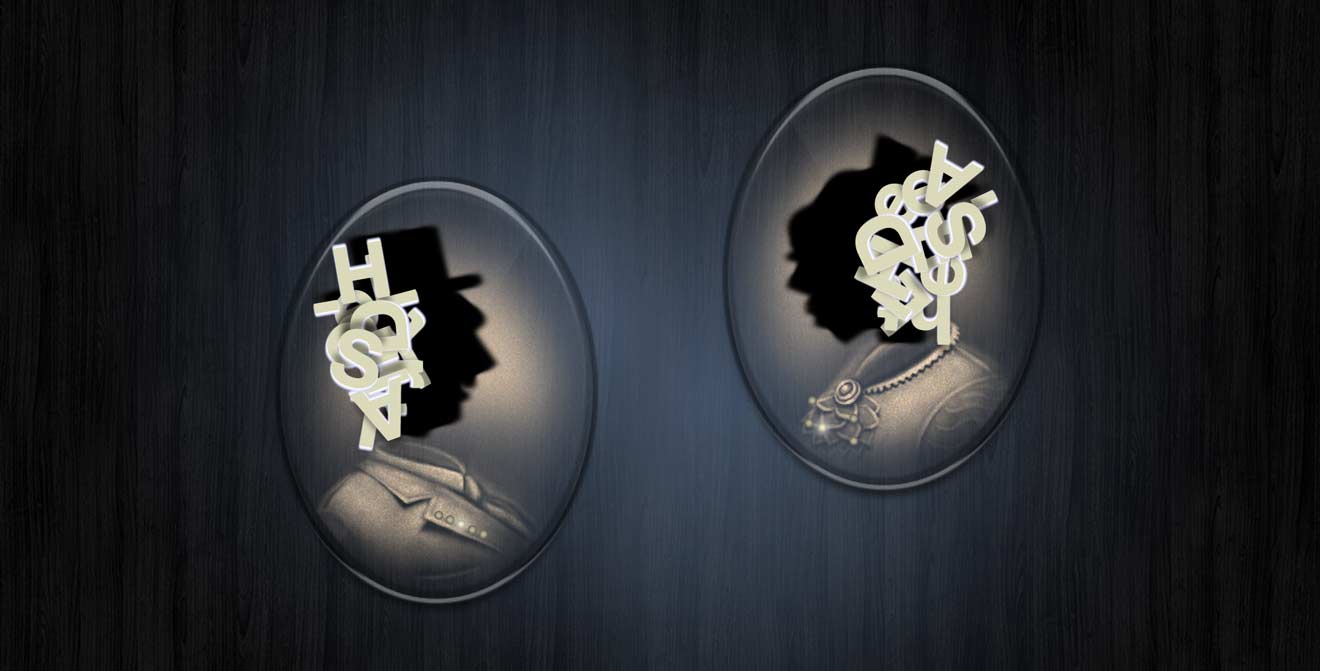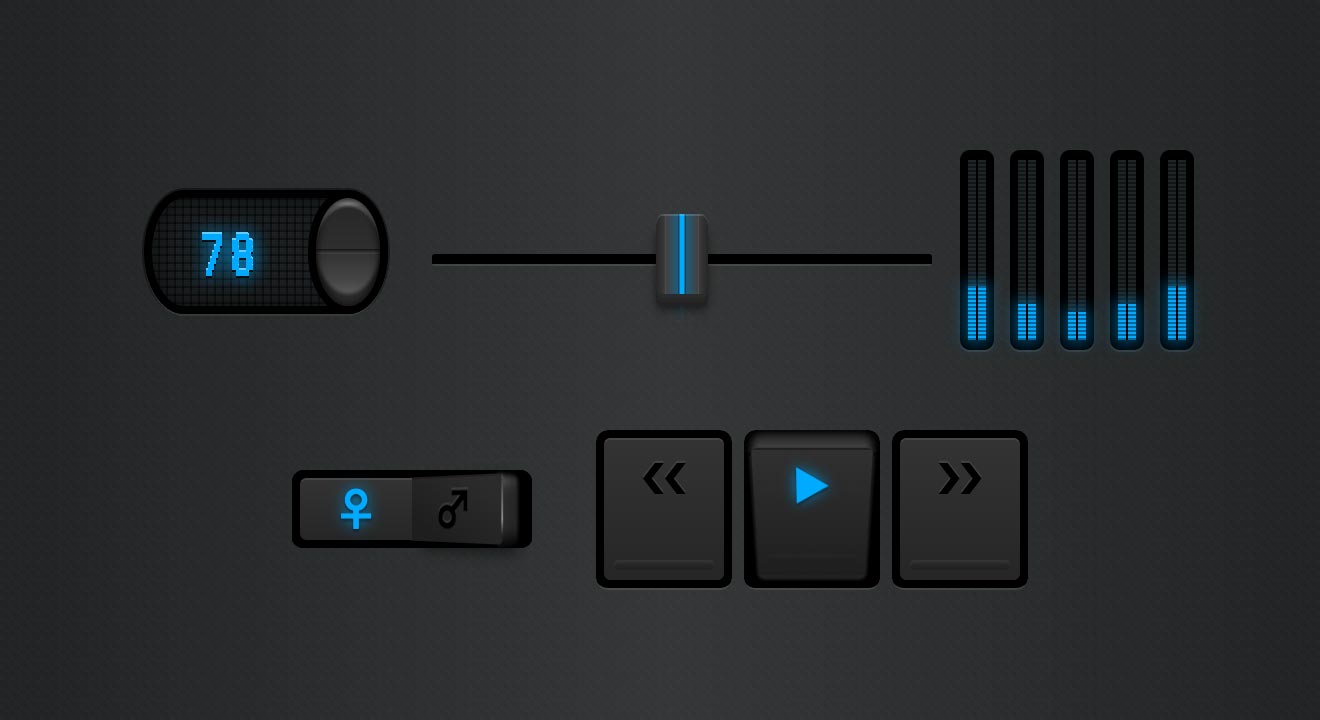simurai
UI Designer and CSS Doodler
UI Designer and CSS Doodler
Something I’ve been wanting for a long time, define different regions like a footer section, or side bar and not have to deal with all the contextual styling hassle. A.k.a. “Now that this button is used on a dark background, the button needs to change its colors too. Where should the styles live?”. Here an old post about struggling with contextual styling.

The cascade in CSS is a curse and blessing at the same time. It usually works quite well, but there are issues that let people get all worked up and ask the question Do We Even Need CSS Anymore. I can somewhat relate to that - but I also think it’s not the cascade alone and also about fighting specificity. Not running into issues with specificity is hard. Almost as hard as pronouncing that word.
Using CSS components is somewhat straightforward. We add the markup and give it the component’s class name and all is good. Where it gets trickier is when we try to nest components. And when they need to be tweaked based on the context. Where should the styles be defined? It’s a question I’ve been asking myself a few times and what this article is trying to explore.
This is my (living) collection of front-end links. It’s not complete by all means, in fact, there isn’t any of the obvious ones, like Can I use or so. Just some links that I need occasionally but can’t remember their names, so I saved them here for quick access. Also, they’re somewhat randomly ordered.
A lot of photo apps allow you to add filters before sharing. The typical UI for picking a filter is a row of little thumbnails that can be horizontally scrolled. I’m sure you’ve used it many times. It looks something like this:
So let’s say we have a “bar” with some items inside. Like a header or footer. Let’s also say we want those items to be spaced evenly, meaning they have the same gap everywhere. Shouldn’t be a big problem. Let’s take a look:
At this year’s CSSConf in Melbourne (AU) I gave a talk called “Styling with STRINGS”. The talk is about how we can use Flexbox, currentColor and __EM__s inside components to quickly style entire Web Apps straight in the browser.
I haven’t redesigned my site for years, can’t even remember exactly. Also, haven’t been posting for a while. So as a New Year’s resolution I redid my site using Jekyll and am hosting it as a GitHub page.
At some point, while working on the MontageJS framework, the question came up what CSS naming convention we should start using. After a long discussion we settled on using the BEM methodology, but changed the syntax a bit. To keep this post short, I won’t go into detail why using BEM is a good idea, but rather explain why we chose a different syntax. Here some examples:
When using a CSS Framework, I think it’s quite important that you can easily customize it. You use a framework because you don’t want to reinvent the wheel, but you still want to give it a twist to make it your own. This is especially true on the Web where there isn’t really a “style guide” like on platforms like iOS or Android.
If you don’t wanna use gifs on your site and rather PNGs for better colors, but still be able to animate them, here an option:
My short talk how CSS Flexbox will help creating “flexible” Web Apps. It was recorded at this years Fronteers Jam Sessions.
Flick Scrolling in short: An idea of a new gesture that extends scrolling content on a touch-screen. Instead of letting momentum stop the scrolling, you can decide exactly where it should stop. It stops at the point where you flicked it.
When Media Queries got introduced and people started out with Responsive Web Design, I used to overwrite my Desktop styles to make it fit on Mobile. Later I shifted to “Mobile first” where you start out with the Mobile styles and overwrite them for Desktop sizes. But on a recent project I’ve started using a different approach by splitting the styles instead of overwriting them. It goes something like this:
Image sprites are wildly used for downloading lots of icons or UI elements all at once with just a single HTTP-Request. But they are somewhat cumbersome to use because you have to calculate the background-position offsets. You can’t easily add, remove or reorder them without recalculating. Or change the size without a neighbour peeking in from the side.
With the rise of Retina displays people are looking for resolution independent alternatives to PNG icons. Some fell in love with font-icons, some are shouting “SVG”. But I’m sorry, if you’re looking for a silver bullet, I’m afraid it doesn’t exist. Let’s take a closer look at our options:
There is a good post about skeuomorphs titled Skeuomorph, Pt III.
Since OS X Lion, the scrollbar on websites are hidden by default and only visible once you start scrolling. Personally, I prefer the hidden scrollbar, but in case you really need it, you can overwrite the default and force the scrollbar in WebKit browsers back like this:



At my day job I mostly work with Flash, AfterEffects, Photoshop. About a year ago I wanted to try something new and created Shitty Day using HTML, jQuery and CSS. And a couple months later, after I discovered that CSS3 can do animations, I did a photo-only tumblr theme called Organ. Nobody really cared until Cameron Moll (thanks) posted it on his blog and I got asked to create an official theme. It got featured in the theme garden and I was like.. wow.. it seems people really like this CSS3 stuff. So I kept on experimenting and created some more CSS3 demos.

My goal was to create sweet looking CSS buttons with minimal markup. They use only one PNG for the background noise, everything else is rendered by the browser. I’m quite happy how they turned out, but of course, the lack in cross-browser support makes them just another demo.. for now. ;-)

Lately I’ve been changing my design process. Skipping Wireframes and Photoshop comps! The following video shows all the different design steps needed to create the Shitty Day site.
